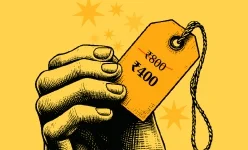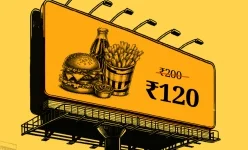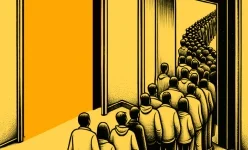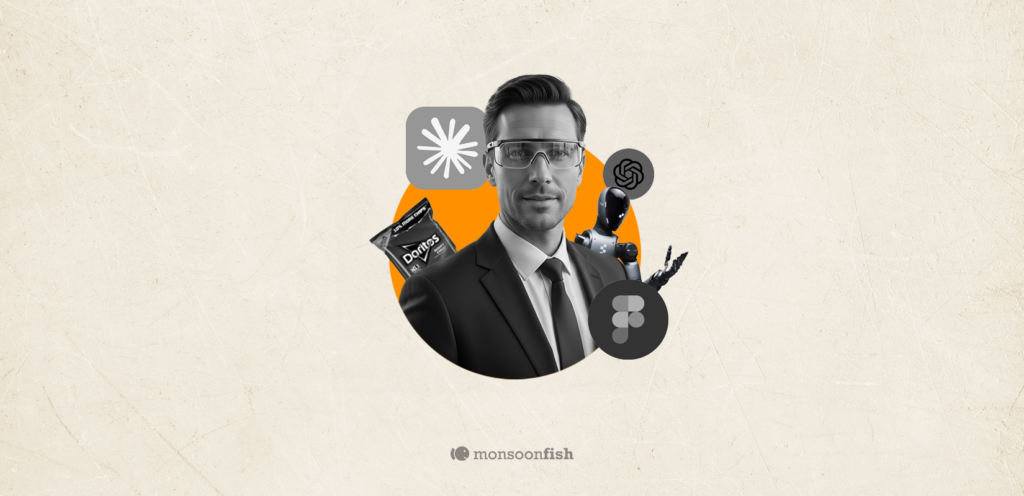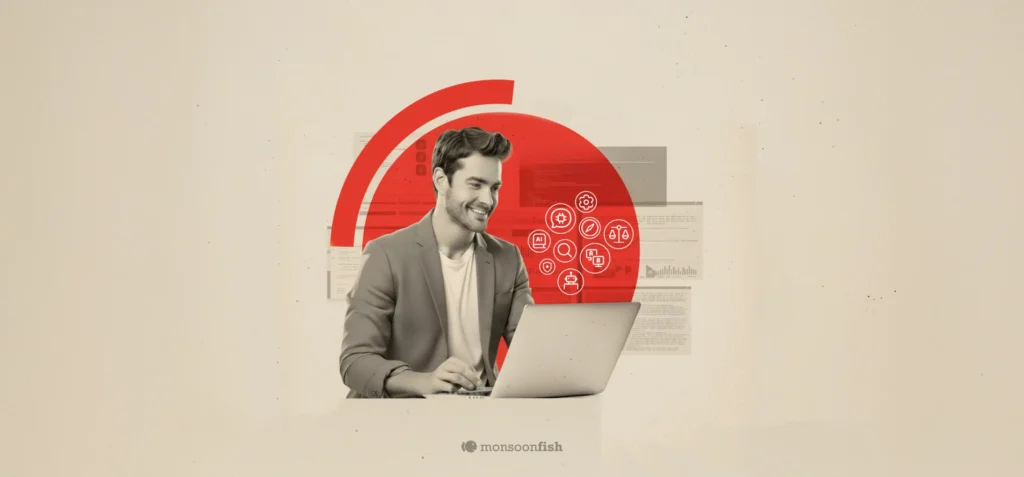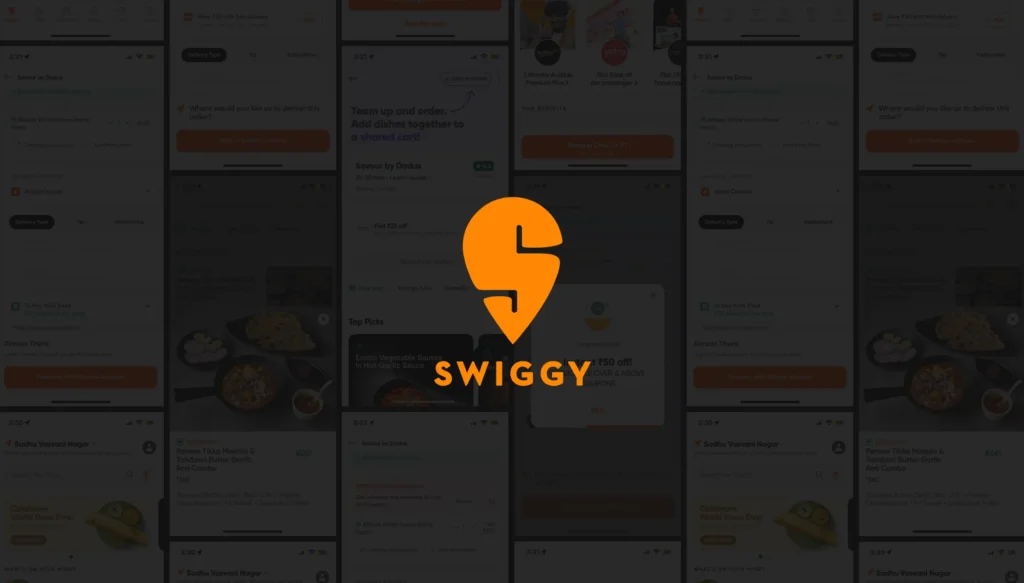Decoy Option Effect
Influences preferences by introducing a less attractive intermediate option, subtly steering choices towards more profitable alternatives.
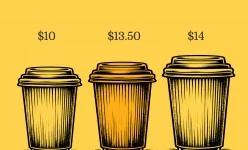
Decoy Option Effect
Neha was on her lunch break at a local café, debating between two sandwiches on the menu. One was a hearty chicken and avocado wrap priced at ₹250, and the other, a smaller veggie sandwich, was ₹150. Neha wasn’t in the mood for too much food, but the chicken wrap was tempting. However, she was hesitant about spending more than she intended.
As she glanced at the menu, something caught her eye. There, right next to the chicken wrap, was a new sandwich – a premium chicken and avocado wrap priced at ₹350. Neha’s first thought was that ₹350 was far too expensive but her experience with pricing made her reconsider. Her eyes returned to the original chicken wrap at ₹250, which suddenly seemed like a much better deal in comparison to the ₹350 option, even though it was the same sandwich with a slight difference in quality or presentation.
Without much thought, Neha opted for the ₹250 chicken wrap, feeling like she got a good deal. The barista rang her up, and as she waited for her order, Neha realized that she hadn’t really compared the two chicken options, just the price difference between the original wrap and the new expensive one.
What Neha didn’t realize was that the introduction of the ₹350 premium wrap had nudged her to choose the more expensive chicken wrap. The cheaper veggie sandwich was now out of the picture, and she didn’t even notice that the café had used a “decoy” – an option designed to make the middle-tier product seem more appealing.
The decoy effect happens when the introduction of a less attractive option influences us to choose the one that seems like a better deal, even when it may not actually be the best choice.
Contents
CATEGORIES









